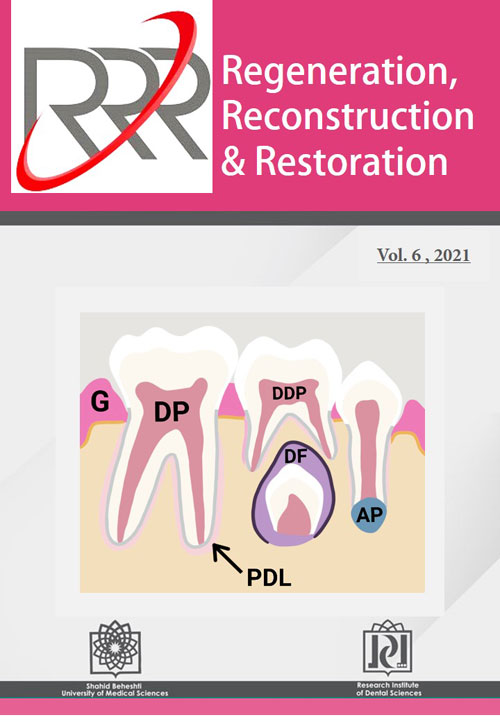Identification of the Crucial Regulatory Elements Modulating the Host Respiratory Response to SARS-CoV-2 Using Motif Detection, A Systems Biology Approach
SARS-CoV-2, as a major threat to human health and economy, has brought in uncertain consequences in the early decade of the 21st century. Since no antiviral therapy or effective vaccine against SARS-CoV-2 is currently available, deciphering the possible mechanisms by which the host responds to the virus seems critical, as it may affect the scientific community around the world toward the development of novel therapeutics. Here, we identified the key regulatory molecules modulating the host response to SARS-CoV-2 that affected the transcriptional profiles of respiratory infections in vitro.
We used the data recently published on the effect of SARS-CoV-2 on two lung cell lines. We selected the shared differentially expressed genes (DEGs) between the two cell lines. To find the key regulatory molecules, we used transcription factors-miRNA-gene interaction databases and analyzed the data using the FANMOD software to detect the crucial regulatory motifs. Cytoscape was then applied to construct the network. We used the KEGG pathway and Gene Ontology (GO) enrichment analysis to predict the probable intermediating biochemical pathways and biological processes.
Our data demonstrated that four triangle-shaped (3edge) feed-forward loop motifs (FFLs) played significant roles, and the integrated FFLs subnetwork was constructed. STAT1, IRF9, IRF7, and PRK12 were the genes shared among them. The most important biological processes relating to the effect of the new virus were linked to response to cytokine, innate immune response, and adaptive immune response. Besides, significantly enriched pathways associated with other different viral infections included the nuclear factor κ-light-chain-enhancer of activated B cells (NF-kappa B) signaling pathway, the nucleotide-binding oligomerization domain-like (NOD-like) receptor signaling pathway, and the Jak-STAT signaling pathway.
Most of the pathways were related to the cytokines storm that may contribute to different levels of lung injury. These regulatory motifs shed light on the transcriptional signature of the respiratory cells and may be responsible for the development of COVID-19 or can also be used as a potential target for further drug therapies or vaccines.
SARS-CoV-2 , COVID-19 , Motif , Network , Systems biology
- حق عضویت دریافتی صرف حمایت از نشریات عضو و نگهداری، تکمیل و توسعه مگیران میشود.
- پرداخت حق اشتراک و دانلود مقالات اجازه بازنشر آن در سایر رسانههای چاپی و دیجیتال را به کاربر نمیدهد.


